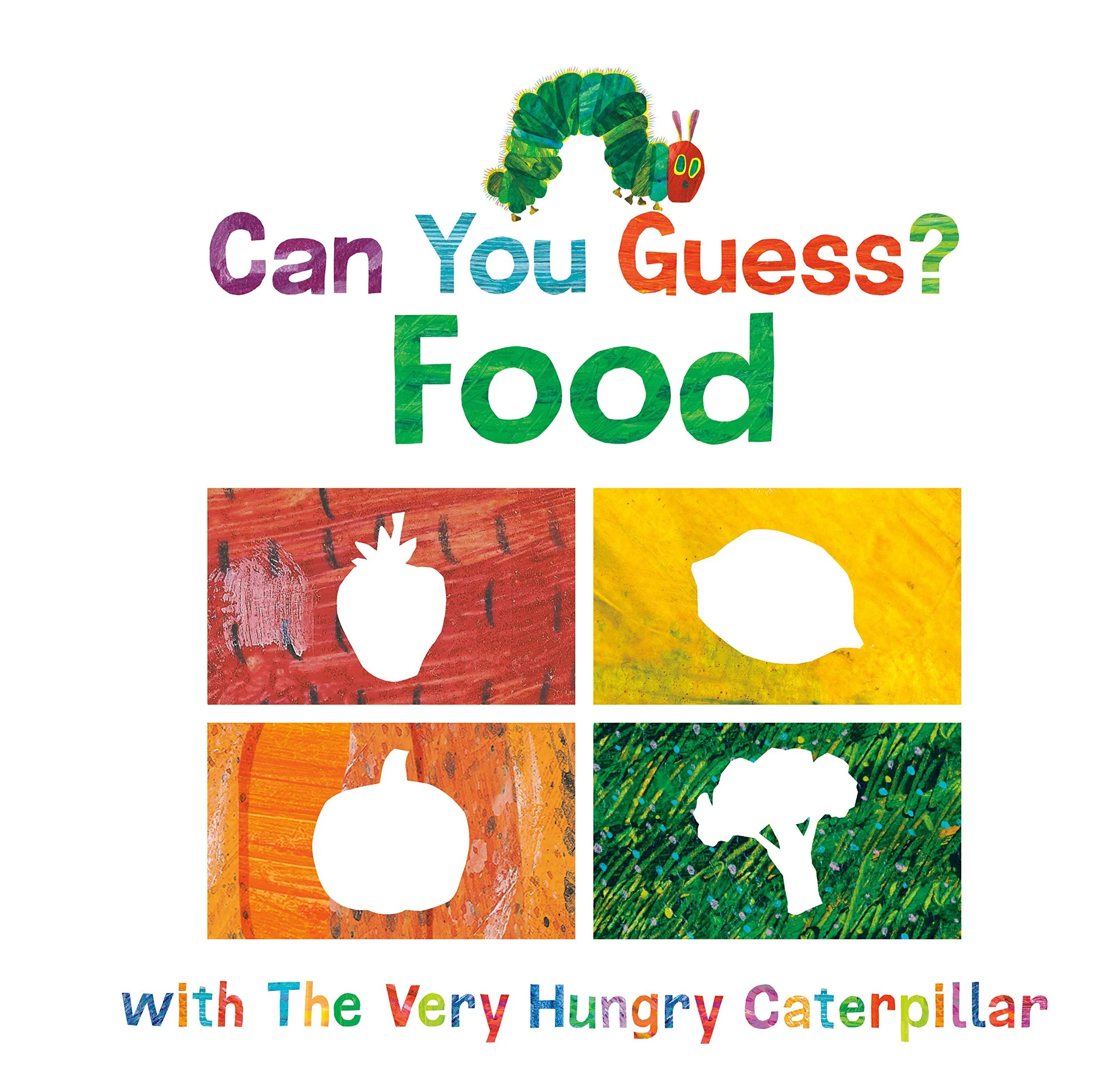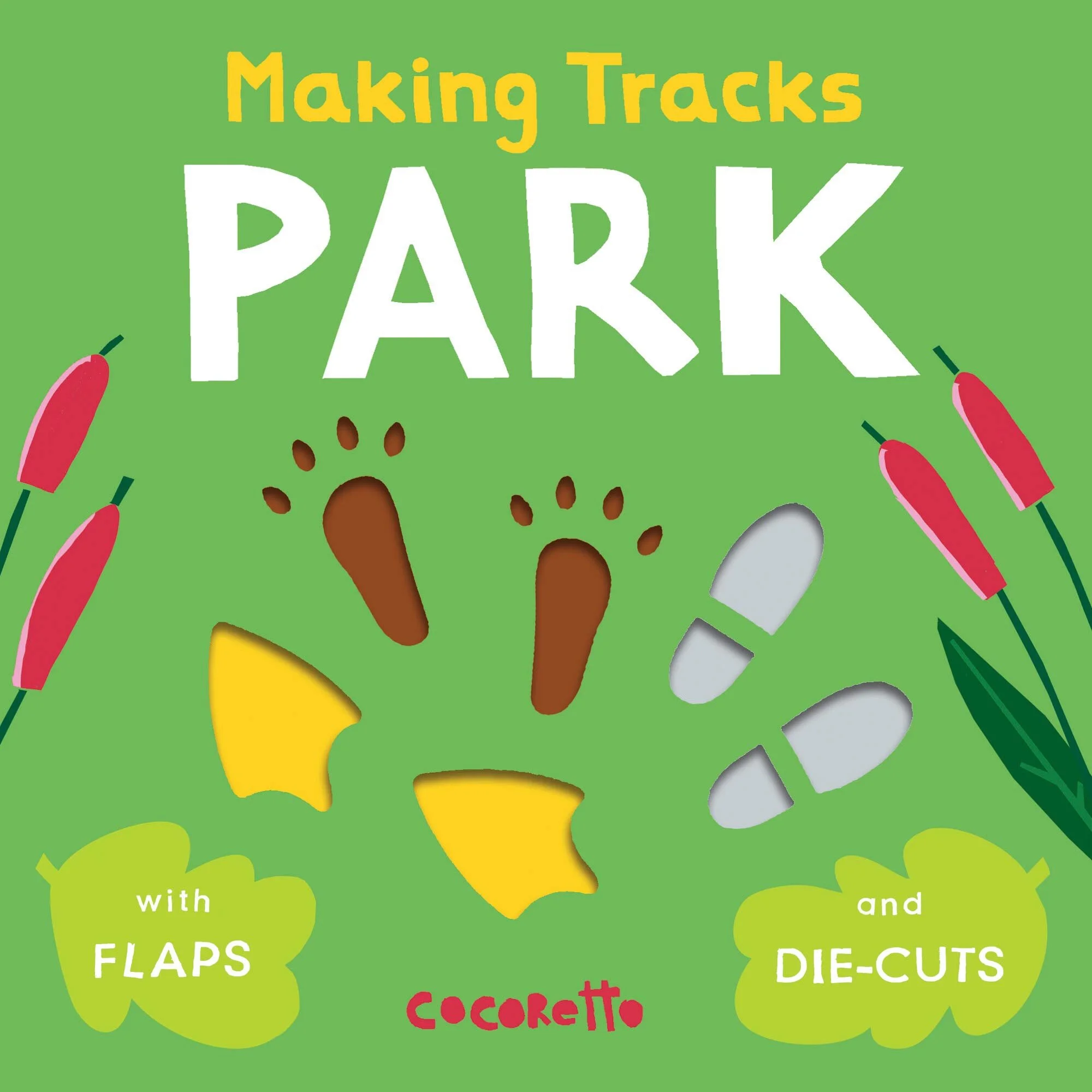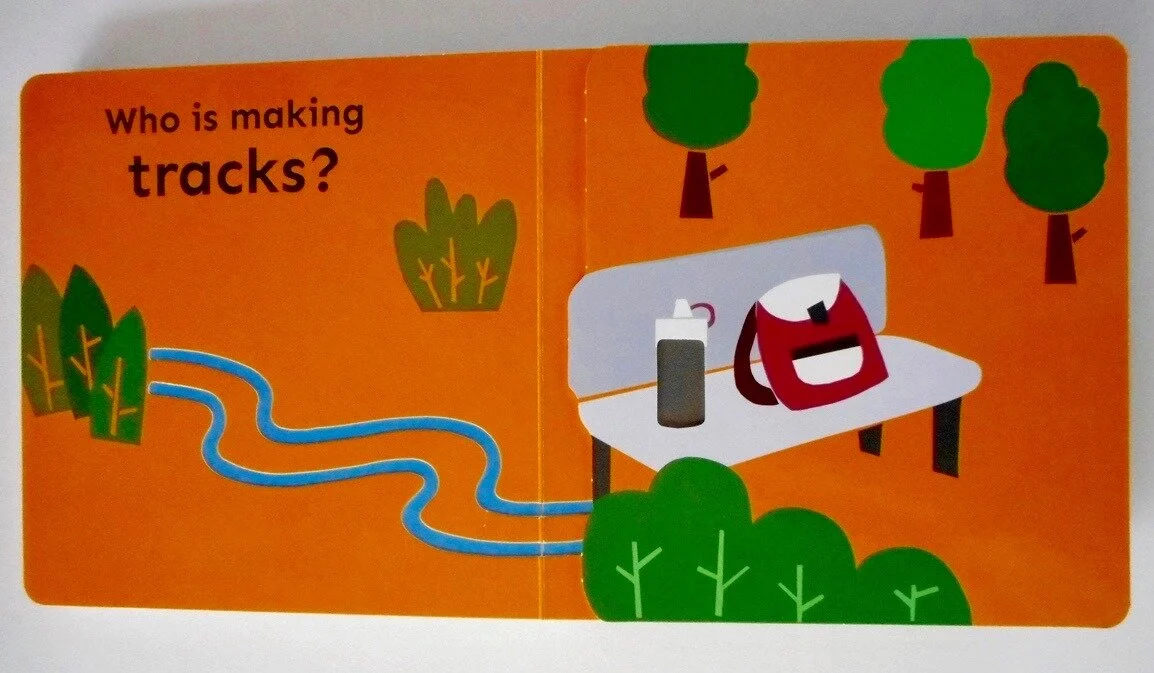Being Little in the Time of COVID-19: A Special Storytime
Being Little in the Time of COVID-19 is a special storytime that I designed to provide a gentle opportunity to talk to children about all things COVID-19: keeping germs to ourselves, wearing a mask, social distancing, not seeing loved ones and friends, and other activities we cannot do the same these days.
So often as adults our first instinct is to shelter children from the hard and scary things of this world, but that is doing them a huge disservice. Children deserve our full respect, and one of the best ways to respect children is by being honest with them in a developmentally-appropriate manner.
For some parents and caregivers who attended, this was a perfect way to bring up this subject with their children. I did advise that grown-ups viewed this storytime with their children, due to the subject manner. Afterwards, I received positive feedback from patrons who appreciated the storytime and opportunity to talk to their children about COVID-19.

1. We started off reading Germs are Not for Sharing by Elizabeth Verdick. This was a nice way to open storytime, because it is important for children to understand where our germs come from, that we all have germs, and that they're not inherently bad, but that we should not share them with others.
2. In Germs are Not for Sharing, there is mention of singing a song while you wash your hands. So, we pretended to wash our hands while singing the Alphabet song.

3. Next, we read the ebook Doing My Part by Marta Drew. This is a fantastic ebook published by Montessori Material company Lovevery. The book features real photographs of a diverse family. Centered around a little girl, it shows her perspective on how hard it is to do things like stay socially distant from her grandparents. The repeating "Doing My Part" drives home the idea that by wearing masks and practicing other safe behavior during the pandemic, children are included a part of a larger effort to keep everyone safe!
4. Montessori Assistant on Facebook has a wonderful song called "Even With My Mask On" which you can watch here. We sang this a few times through, without my mask, with my mask on, and once through changing the lyrics to "even with my face shield." Some kids even had their masks handy and put it on for this song, which was adorable.

5. The last short, but sweet, ebook that we read was Rainbows in Windows by Yumi. It gave us the opportunity to end storytime on a positive, uplifting note!
6. We sang one last song called "I've Got My Mask On," also written and sung by Montessori Assistant on Facebook. You can watch here.
Model Wearing a Mask
I wore my own mask on and off throughout the storytime. At the beginning of storytime, I wore it as a way to introduce children to what we were talking about. I emphasized that I'm still me, even with my ask on (as the song above goes)!
Emotions & Masks
I also spent some time talking about how to tell what people are feeling when they have their mask on. I put on my mask and made faces associated with emotions such as happy, surprised, sad, mad, etc. I asked the children to look closely at my eyes and watch how they changed with each emotion.
I showed them my face with and without the mask on so they could compare. I have seen matching card sets for kids about mask emotions, and I think they're genius. I just think this is such an important social-emotional skill to have in the time of COVID-19!
Extending the Conversation at Home
After storytime, I sent home this email to parents and caregivers with further resources:
If you are struggling, I see you.
I am right here with you.
Young child are not meant to sit behind a screen all day.
Grown-ups aren’t either.
You cannot fix this for your child.
You can sit with them in their hard feelings, and validate them.
The best advice I can give you, when talking with your child about this virus, is to sit with them in their hard feelings, and validate them. Here are some talking points:
You really miss your friends (your teachers, your grandparents, etc.) I know that.
This is really hard.
I am right here with you.
I am listening.
Being on a computer can be so frustrating.
When your child feels scared or sad, let them explore those feelings. Help them understand it is completely normal to feel that way. Get on eye level and pause to listen to their feelings.
Here are some talking points to help your children accept themselves, including all of their feelings:
Do you want to tell me about it?
I hear you. You feel scared because...
I’m here and I love you.
What would help you feel safe?
Let’s take some brave breaths.
Instead of “You’re okay,” or “You’re fine,” try “I know this is scary for you. I get scared too sometimes. Let’s problem solve together.”
My arms are open.
I can see how sad you are feeling...
Sharing all of your feelings is so important.
I am right here with you.
I’m listening.
Tell me more about what’s going on.
Further Resources
CDC’s Recommendations on Mask Wearing: https://www.cdc.gov/coronavirus/2019-ncov/prevent-getting-sick/about-face-coverings.html
More eBooks about COVID-19: https://nycdoe.libguides.com/COVID-19ebooks/free
Grown-ups, I will leave you with one final thought to mediate on:
You are making the best decisions that you can right now. There is no perfect solution. You are enough for your child right now and always.
Be well. Stay safe. Take care of your hearts and minds. Big hugs.
Ms. April
Follow-up Video: Face Mask Craft & Song
In this video I made for my library’s YouTube, I show how to make a mask for your own puppet or stuffed animal at home. Ms. Bunny (my reoccurring puppet friend at all of my storytimes) wore her mask (an old heel of a sock!) to this special storytime. Making a mask for their stuffed animals at home is an activity that can definitely make mask wearing less intimidating for young children. At the end of the video, I sing one of the songs that we sang at storytime (credit to Montessori Assistant), called “Even With My Mask On".
Machines & Cleaning Up



Reading
Trashy Town by Andrea Zimmerman & David Clemsha
Wheels at Work: Construction by Cocoretto
Highlights: Hello! (September 2020)
Singing
The Construction Vehicle Song by Ms. April
(Sung to the tune of Frère Jacques)
Excavator, Excavator
Bulldozer, Bulldozer
Empty out the dump truck
Empty out the dump truck
Steamroller, Steamroller
Extension Activity (email to parents/caregivers)
Today, we talked a lot about machines, especially those that help us clean. From garbage trucks to dishwashers, and so many in-between!
Have you ever considered letting your toddler help you load some non-breakable dishes into the dishwasher? What about vacuum or sweep the floor? You may be surprised to find that your toddler enjoys helping you with these types of activities. But, if they don't seem interested, don't force it. Just try again a different day.
Here are some simple ways you can get started introducing your child to machines and cleaning around the house:
Consider letting your child help clean up a mess with a small hand-held or super-light vacuum.
Explain in very simple terms what a vacuum does. It sucks up dirt and trash into its dustbin.
Your child can even help you empty it, or watch you empty it, just like in the book we read this morning, Trashy Town in which Mr. Gilly empties the trash.

Sweeping is another fun way to get your child involved in cleaning. Consider letting your child use a small hand-held sweeper and dustpan:
Use some painter's tape to make a 1’ x 1’ square on a hard floor.
Then, put some things to sweep on the floor. This could be actual trash (something clean, like ripped paper or cardboard) or non-trash, like pom-poms or dry beans.
Ask your child to sweep them into the square on the floor, and then sweep them into the dustpan. This may take some modeling from you. You don’t have to explain it, just act it out. Toddlers learn best by watching you.
They can even practice pouring the contents into a container from the dust pan.
Practical life experiences like these involve so much more than meets the eye. Your child is developing gross and fine motor skills, growing in their independence and perseverance, and also learning to follow sequences.
One of the most important concepts your child will grow in from these types of activities is how to the care for their shared environment: your home! Just like Mr. Gilly in his neighborhood, they can learn to be helpful and do meaningful work that helps everyone in their home!
Making Predictions & Guessing




Reading
Making Tracks: Park by Cocoretto (I love this book series so much! See extra images above for an inside look)
Can You Guess? Food by Eric Carle
Singing
Here is a Box
Little box, little box, what do you hide?
Can we all guess what you have inside?
For this one, I had a wooden box with random objects inside. I gave the children clues to guess each object before I pulled it out. A great song activity to work on adjectives and descriptor words, as well as making inferences.
This Week's Extension Activity
(email for parents/caregivers)
This morning at storytime we talked all about making guesses. Together, we worked on developing your child's senses as we saw and heard clues, and then made our predictions about who made the tracks, what type of food was on the next page, and what was in the mystery box. To continue teaching this concept at home, try the Feely Bag Game! Your child will enjoy this game which challenges their memory of touch through tactile materials.
You will need:
3 different objects, such as a few toys, maybe an apple or pear, sock, or other household objects. Work your way up to 5 objects after your child has some time to master 3.
Fabric bag, such as a drawstring laundry bag
Container or basket for the objects
Dish towel
Directions:
1) Show your child the objects you have in your container or basket one at a time, and name them.
2) Explain to your child that they will have to guess which object you have put into the bag, just by feeling it. Ask your child to turn away and to shut their eyes.
3) Select an object and put it in the bag. Cover up the other objects with the dish towel.
4) Ask your child to open his eyes and pass them the bag. Ask them if they can guess the object in the bag. Give them time to explore the object and if they don't seem sure, you could remind them of the objects for example, "Do you think it is the ball?"
5) When they have guessed correctly, choose another object, and continue until all the objects have been guessed. As your child gains confidence in this activity, put 2 objects, then 3 into the bag at the same time.
This week's activity was adapted from the book Teach Me To Do It Myself by Maja Pitamic.
Transitions, Routines, and Making Decisions!
Today was a special day to have storytime: it was Election Day! I didn't read any political books, of course, but I did read Go Vote Baby! which does an excellent job of explaining the concept of voting as choosing between two things. Highly recommended!
Reading
Go Vote, Baby! by Nancy Lambert
The Great Day by Taro Gomi
Singing
(Tune: Here We Go Round the Mulberry Bush)
brush our teeth, brush our teeth,
This is the way we brush our teeth,
On a cold and frosty morning.
Other verses: we all wake up (stretch), put on our shirt, put on our hat, bounce around, or anything you want!
Note: I recommend singing this song with your child during your morning routine as they’re actually doing these actions. Singing can make these transitions and routines easier to get through for your toddler.
Today at storytime we used our virtual storytime routine cards for the first time. If you would like a laminated, cut-out copy of these routine cards to follow along with at home, fill out this form here and I will mail them to you at no cost: https://forms.gle/uuxrbxMEh9j3x1GX9 (give me a week or two!)
Routine cards are an effective way to set your child’s day up for success. They give toddlers a super clear picture of what the sequence and expectations of the day are. This is so important and helpful! When you’re able to show your toddler the plan for the day, it helps the day run more smoothly, and helps prevent meltdowns during transitions.

Opposites
Playing hide and seek!
Are you behind the (color) leaf?
- During laundry, with socks: Big/little, striped/not striped, short/tall
- Getting up in the morning and going to bed at night: day/night, bright/dark
- Turning the light switch: on/off, light/dark
- Playing music: Loud/quiet, on/off
- Taking a walk: There are so many opportunities!
- Start by asking your child to find 3 pairs of objects with opposite features (for example: rough and smooth, warm and cold, etc).
- Ask your child to describe the physical properties and what makes the things they chose opposites of each other.
- Indoor game: Play an opposite scavenger hunt!
- Put a basket together with several different items from around the house (for example, a smooth stone, a light feather, a soft cotton ball).
- Let your child hold each item in their hands. Sit and talk with your child about the different physical properties of each item.
- Ask your child to go on a hunt around the house for items that have opposite features!
- For example: "how does the cotton ball feel? soft? yes, the cotton ball is soft. what is the opposite of soft? hard? that's right, hard! can you find something that's hard?"








